Table of Contents
Introduction
Small spicy peppers are compact but potent ingredients that deliver intense heat and complex flavors to dishes. These peppers typically range from 1,000 to over 300,000 Scoville Heat Units (SHU), making them essential for chefs seeking precise heat control. This guide provides detailed information on pepper varieties, their heat levels, culinary applications, and expert handling techniques to help you maximize their potential in cooking.
Why Small Spicy Peppers Matter
Small spicy peppers offer unique advantages over larger varieties due to their concentrated capsaicin content and flavor profiles. Their compact size allows for precise heat adjustment in recipes, while their intense flavors enhance dishes without overwhelming other ingredients. Key benefits include:
- Heat Precision: Smaller peppers typically have higher capsaicin concentration per volume, allowing exact heat control in recipes.
- Flavor Complexity: Many small peppers develop nuanced flavors beyond heat, including fruity, smoky, or earthy notes.
- Versatility: They can be used fresh, dried, pickled, or ground into powders for diverse culinary applications.
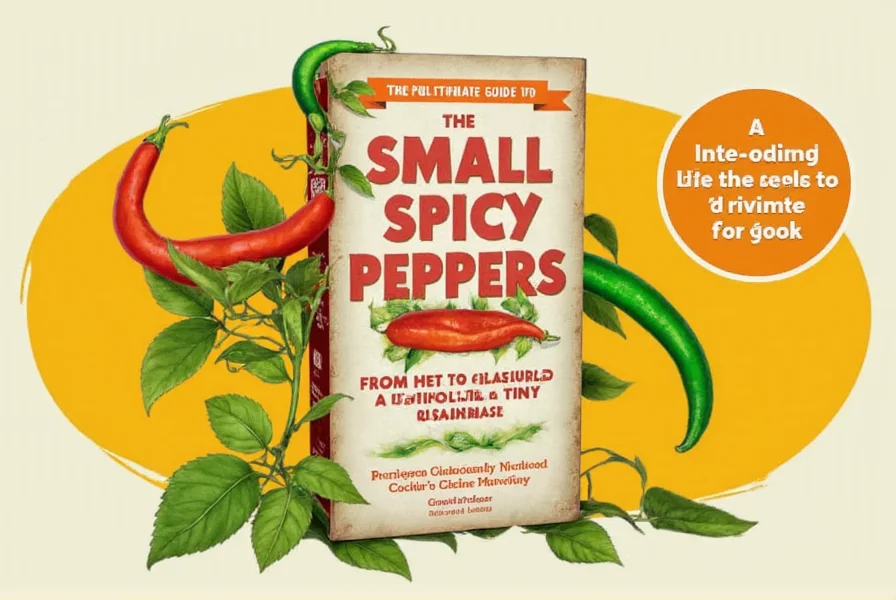
Types of Small Spicy Peppers
Each small pepper variety has distinct characteristics measured by Scoville Heat Units (SHU). Here are the most commonly used varieties with detailed profiles:
1. Jalapeño (2,500–8,000 SHU)
Jalapeños are the most widely recognized small pepper. They offer a balanced heat level with a grassy, slightly sweet flavor. Ideal for salsas, guacamole, and stuffed peppers. Green jalapeños are milder, while red ones develop sweeter, fruitier notes.
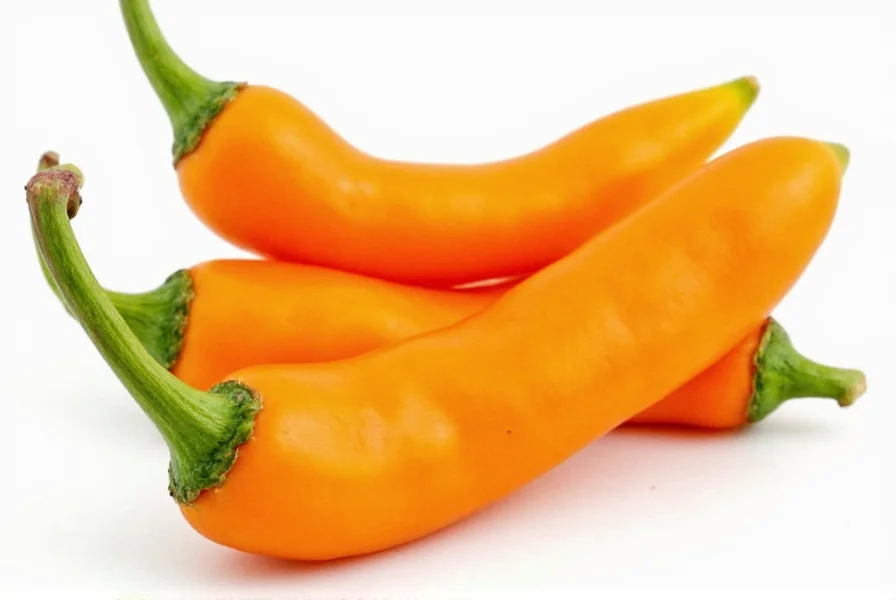
2. Serrano Pepper (10,000–25,000 SHU)
Serranos are significantly hotter than jalapeños with a bright, crisp flavor. Their thin walls make them perfect for fresh salsas and Mexican dishes. They retain heat well when cooked and are excellent for pickling.
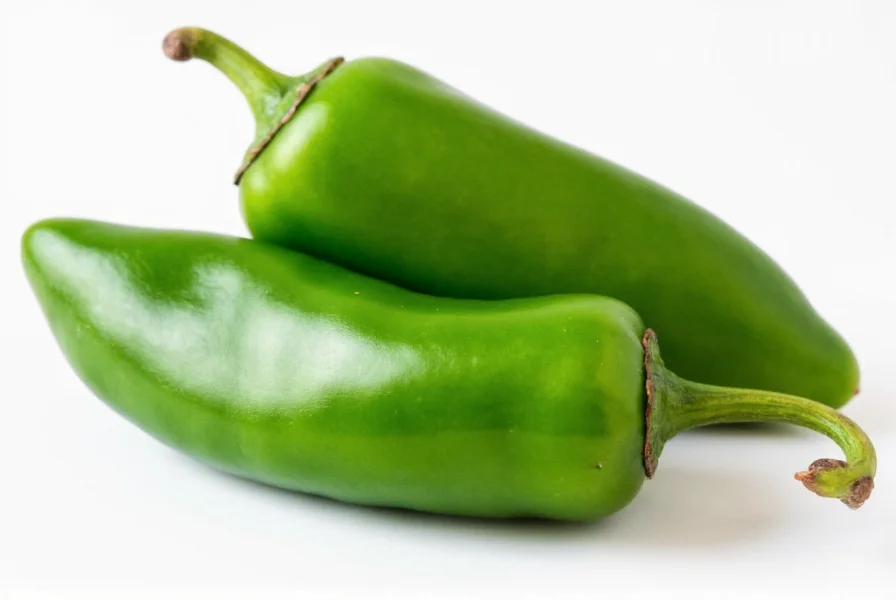
3. Thai Bird's Eye Pepper (50,000–100,000 SHU)
These tiny peppers pack extreme heat with a sharp, citrusy flavor. Essential in Thai, Vietnamese, and Malaysian cuisine. Use sparingly—just one pepper can significantly heat a dish. Often used whole in curries or finely chopped in sauces.
4. Habanero (100,000–350,000 SHU)
Habaneros deliver intense heat with distinctive fruity notes of apricot and tropical fruit. Commonly used in hot sauces, Caribbean jerk seasoning, and Mexican moles. The orange variety is most common, but red and chocolate varieties exist with different flavor profiles.
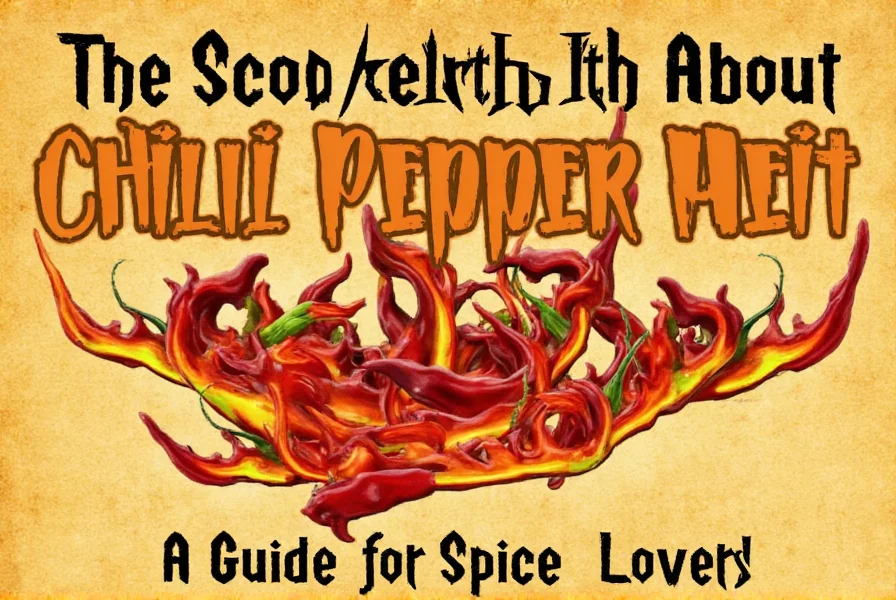
5. Poblano (1,000–2,000 SHU)
Poblanos are mild with rich, earthy flavors. When dried, they become ancho peppers, developing deeper smoky notes. Primarily used in chiles rellenos, tamales, and mole sauces. Their large size makes them ideal for stuffing.
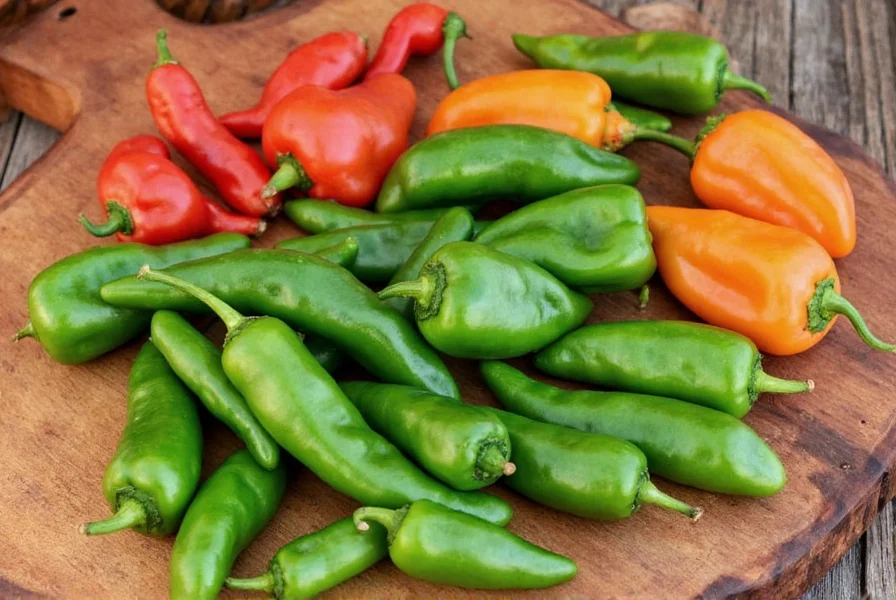
Culinary Uses and Tips
Small spicy peppers require specific handling techniques to maximize flavor while controlling heat. Here are professional culinary applications:
- Hot Sauce Production: Blend peppers with vinegar, garlic, and salt for balanced heat. For Thai-style sauces, use Thai bird's eye peppers with lime juice and fish sauce.
- Marinades: Infuse meats with minced peppers for 30-60 minutes. For chicken, use serranos with lime and cilantro; for beef, habaneros with citrus and spices.
- Stuffed Peppers: Use poblano peppers for traditional chiles rellenos. For extra heat, mix in small amounts of jalapeño or serrano.
- Pickling: Preserve peppers whole in vinegar brine with garlic and spices. Thai bird's eye peppers make excellent quick-pickled snacks.
- Infused Oils: Steep dried peppers in neutral oil for 24 hours for controlled heat infusion. Remove seeds to prevent overpowering flavor.
Professional handling tips:
- Glove Usage: Always wear food-safe gloves when handling peppers above 10,000 SHU to prevent skin irritation.
- Heat Control: Remove seeds and white membranes to reduce heat by 50-70%. For maximum heat, leave intact.
- Cooking Effects: Heat intensifies when cooked—add peppers toward the end of cooking for brighter flavor.
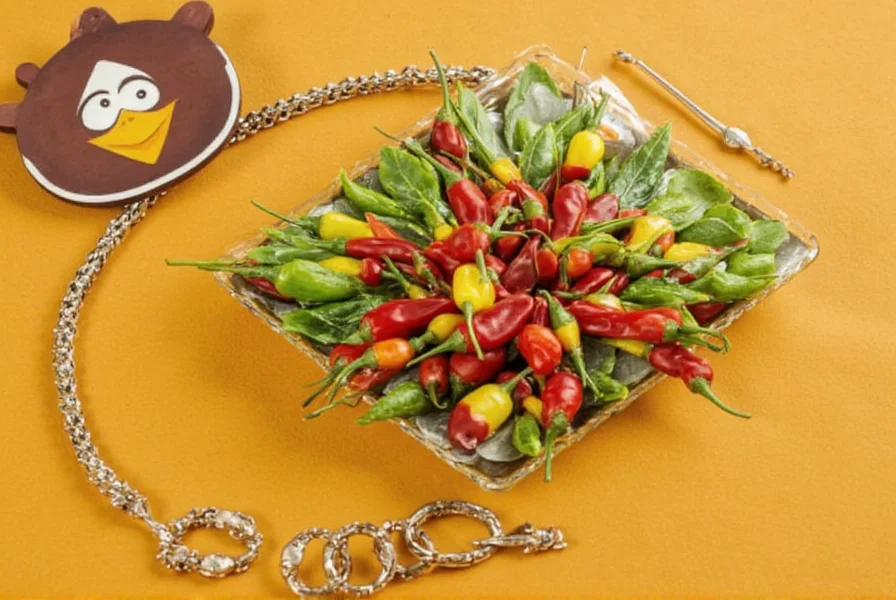
Buying Guide for Small Spicy Peppers
Selecting quality peppers requires attention to visual cues and freshness indicators. Follow these expert guidelines:
Visual Quality Check
- Freshness: Look for firm, glossy skin without wrinkles or soft spots. Avoid peppers with blemishes or mold.
- Color: Vibrant, uniform color indicates ripeness. Green jalapeños should be bright green; red habaneros should have deep, saturated color.
- Size Consistency: Uniform size within a batch ensures even heat distribution in recipes.
Storage Techniques
- Refrigeration: Store fresh peppers in paper bags in the vegetable drawer for 1-2 weeks. Avoid plastic bags to prevent moisture buildup.
- Freezing: Freeze whole peppers for up to 6 months. Thaw before using in cooked dishes—texture changes make them unsuitable for fresh applications.
- Drying: Hang peppers in a warm, dry place for 1-2 weeks. Dried peppers develop deeper flavors and can be stored in airtight containers for 1+ year.
Frequently Asked Questions
How hot are small spicy peppers compared to regular peppers?
Small spicy peppers are significantly hotter than bell peppers (0 SHU) and often exceed larger chili varieties. For example, a single Thai bird's eye pepper (50,000-100,000 SHU) is 10-40 times hotter than a jalapeño (2,500-8,000 SHU), which itself is 10-20 times hotter than a bell pepper. The smaller the pepper, the higher the capsaicin concentration typically is due to smaller seed cavity size.
How can I reduce the heat of small spicy peppers?
Remove seeds and white membranes (placenta) where 80-90% of capsaicin concentrates. Soak cut peppers in salt water or vinegar for 10-15 minutes to draw out heat. For cooked dishes, add dairy products like yogurt or sour cream to neutralize capsaicin. Cooking peppers reduces heat by 20-30% through evaporation of volatile compounds.
How should I store small spicy peppers to keep them fresh?
Fresh peppers last 1-2 weeks in the refrigerator's vegetable drawer when stored in paper bags for humidity control. For longer storage, freeze whole peppers (they'll soften when thawed but retain flavor) or dry them in a food dehydrator at 135°F for 6-12 hours. Dried peppers should be stored in airtight containers away from light to preserve potency for up to 1 year.
Are small spicy peppers healthy?
Yes, small spicy peppers are nutrient-dense. They contain 100%+ daily vitamin C per serving, vitamin A for immune health, potassium for blood pressure regulation, and antioxidants like carotenoids. Capsaicin has been clinically shown to boost metabolism by 5-8%, reduce inflammation, and provide pain relief. However, those with IBS or acid reflux should consume in moderation as capsaicin may irritate digestive systems.
What's the difference between fresh and dried small spicy peppers?
Fresh peppers have bright, crisp flavors with higher water content and immediate heat impact. Dried peppers develop deeper, more complex flavors through concentration of compounds—dried habaneros gain smoky notes while dried serranos develop earthier tones. Dried peppers typically have 20-30% higher capsaicin concentration by weight and are ideal for powders, rubs, and slow-cooked dishes where heat develops gradually.
Can I grow small spicy peppers at home?
Yes, most small pepper varieties thrive in home gardens. They require 6-8 hours of direct sunlight, well-draining soil with pH 6.0-6.8, and consistent watering. Start seeds indoors 8-10 weeks before last frost. Thai bird's eye and jalapeños are easiest for beginners. Harvest when peppers reach full color—usually 60-90 days after planting. Always wear gloves during harvest due to capsaicin oils.
What should I do if I accidentally touch my eyes after handling spicy peppers?
Rinse eyes immediately with cool water for 15 minutes. Use milk or yogurt (not water) to neutralize capsaicin—soak a cotton ball in milk and gently apply around the eye area. Avoid rubbing eyes as this spreads oils. Prevention is critical: always wear nitrile gloves when handling peppers and wash hands with soap and water before touching your face. If irritation persists for more than 30 minutes, seek medical attention.
Conclusion
Small spicy peppers deliver outsized flavor and heat potential when used correctly. Understanding their Scoville ratings, proper handling techniques, and culinary applications allows home cooks and professionals to harness their full potential. Whether you're making authentic Thai curry with bird's eye peppers or balancing heat in salsa with jalapeños, precise knowledge of these compact powerhouses elevates your cooking to new levels. Always start with small amounts and gradually increase heat to match your palate—this approach ensures perfect flavor balance in every dish.
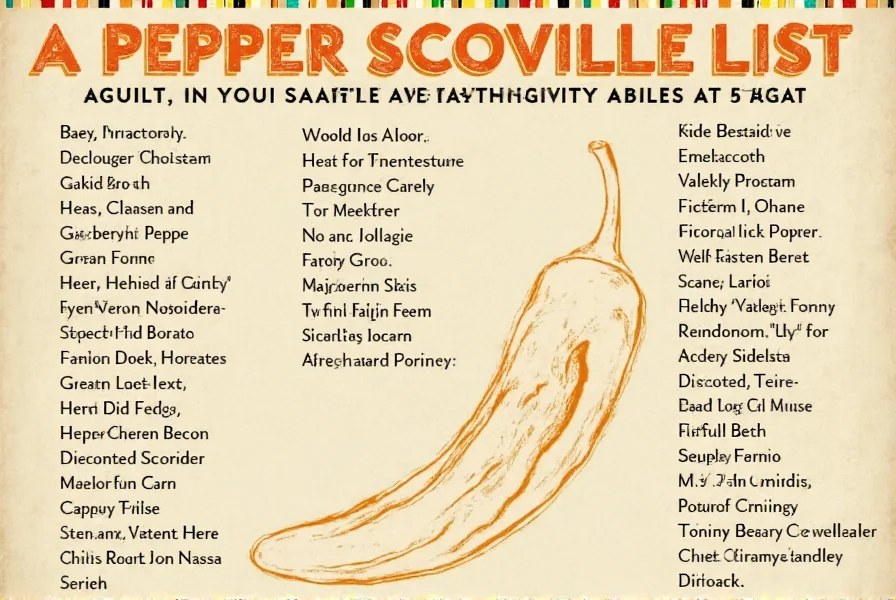
Remember: the key to mastering small spicy peppers is respecting their potency while appreciating their nuanced flavors. With the right knowledge, these tiny ingredients become indispensable tools for creating restaurant-quality dishes at home.










 浙公网安备
33010002000092号
浙公网安备
33010002000092号 浙B2-20120091-4
浙B2-20120091-4